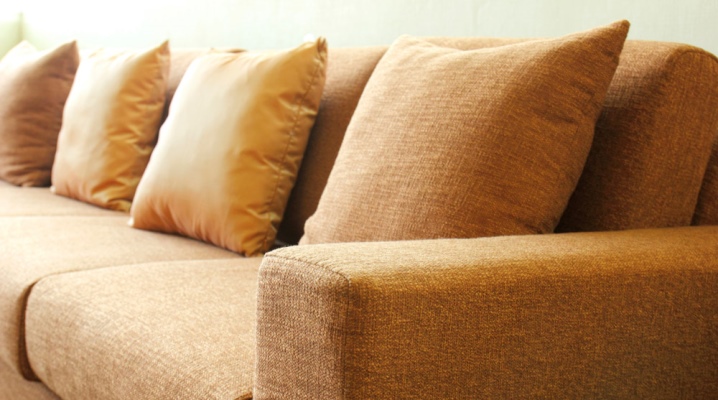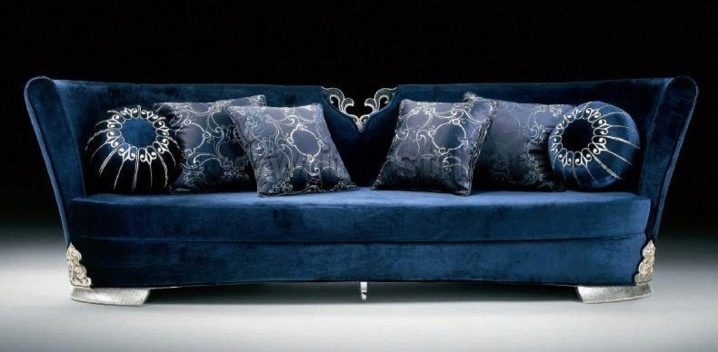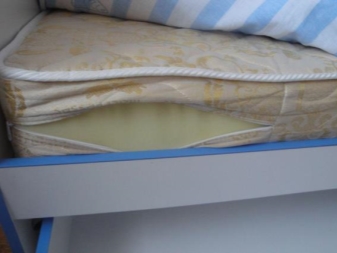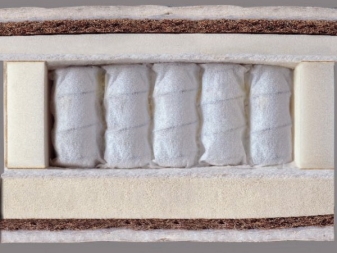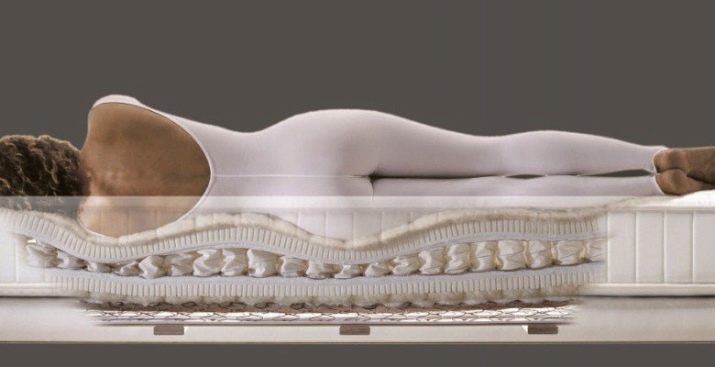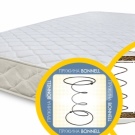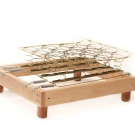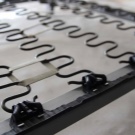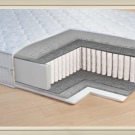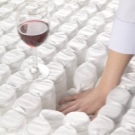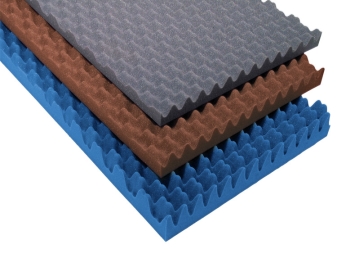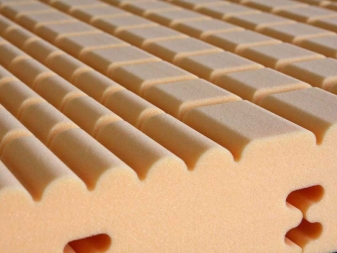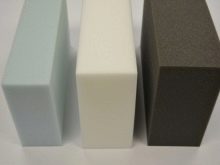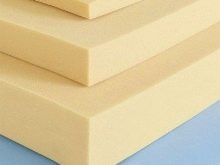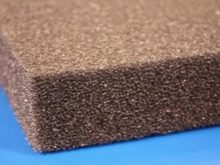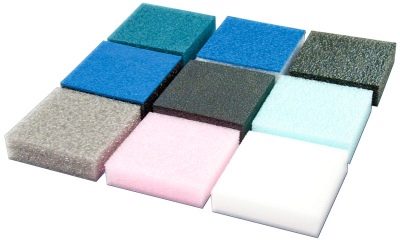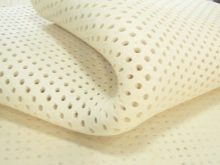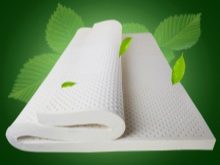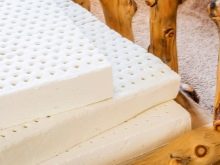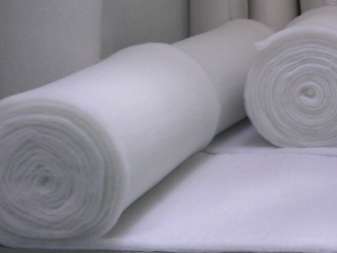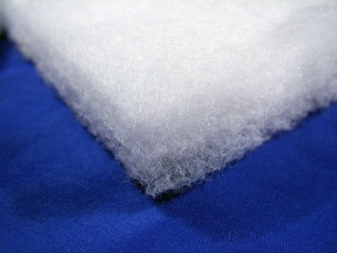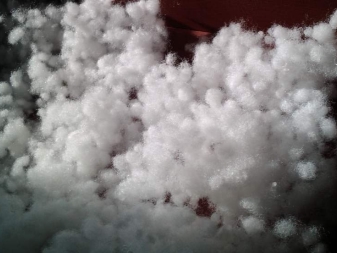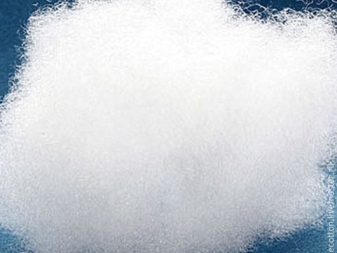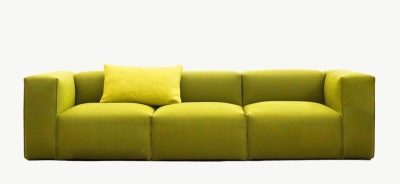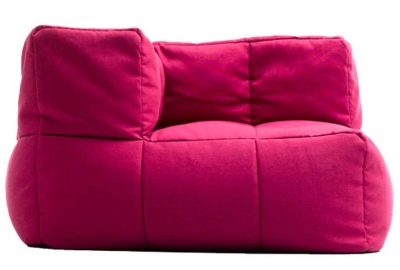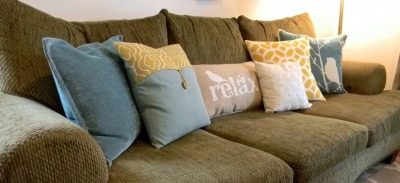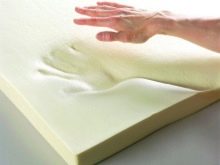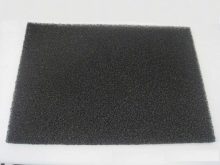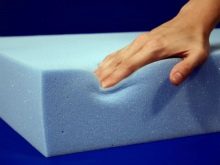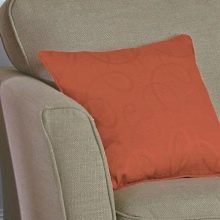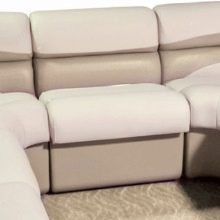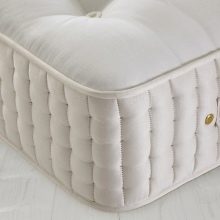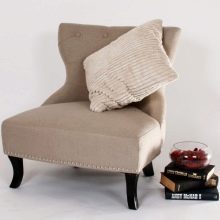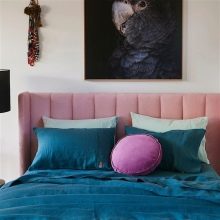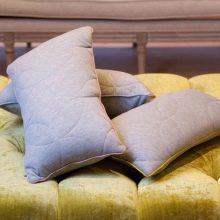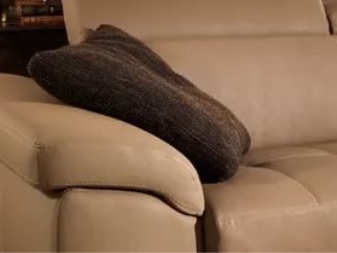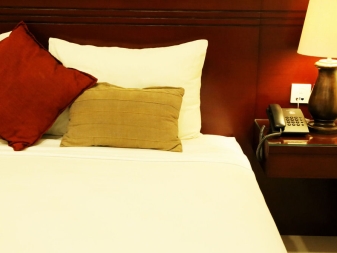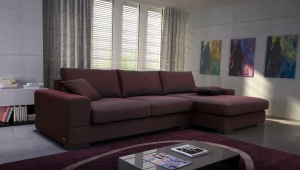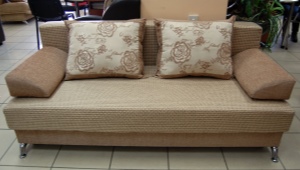Filler in the couch
Choosing upholstered furniture, we often are guided by our feelings: do we like the shape, color and texture of the upholstery and do not think at all that it is not only this that determines the service life of the sofa or chair. Meanwhile, inside a beautiful wrapper may be unsightly content, so it is on the "insides" should pay attention first of all, so as not to buy a cat in a bag. So today we look at the fillers for the sofa.
What it is?
The materials that make up the internal contents of upholstered furniture (sofas, armchairs, furniture cushions, armrests, etc.) and on which the convenience, comfort and durability of the product largely depends. By production of one furniture sample several types of fillers can be used.
Kinds
Spring
The fillers, which are based on the spring unit - the "elders" of furniture technology, antique sofas are made on this basis.There are several types of spring designs:
- Bonnel - bicusical steel springs of five turns, woven together with a wire in a rigid frame. Withstand heavy loads, recommended for obese people weighing more than 110 kg;
- Independent spring block.
Cylindrical springs arranged vertically, with each placed in a sheath made from a very dense breathable material. Covers are sewn together in a single design. This allows each spring, when subjected to gravity, to contract or expand, independently of the others. Due to this, a block of independent springs has orthopedic properties.
Spring "snake" - these are springs in the form of a sinusoid made of hardened steel wire. Mounted to the seat frame horizontally, provide a smooth elastic surface and orthopedic effect.
Spring block fastens to a framework from a tree. Layers of polyurethane, felt, wadding or coconut fiber material treated with latex (coconut coir) are laid under it and outside.
Springless
In this case, the basis instead of the spring block is taken polyurethane foam.
Polyurethane foam (PUF) is a bulk porous mass formed by mixing several polymers. The air in it is 98% of the total volume, which ensures high elasticity and elasticity of the material. Depending on the proportions of the mixed polymers and density, PUFs of different degrees of rigidity are obtained. For example, the well-known foam rubber is also polyurethane foam, only with low density, so it is softer.
Furniture PU is:
- Cast (molded). A creamy mixture of polymers is poured into the blank forms, which, when frozen, takes on the exact shape of any part of the future sofa - the backrest or the seat cushion.
- Block (sheet). Large sheets of polyurethane foam are cut into pieces of the desired size and thickness.
Next, pieces of different density are glued together from harder to softer. The resulting blocks are used for integral flooring in sofas and armchairs to give them additional qualities. This principle is guided by many well-known furniture manufacturers in the world. For example, in the famous Italian company Flexform in the production process can use up to five types of polyurethane of different rigidity.
In the mass production of sofas, often used as a filler sheet polyurethane foam of medium hardness. This significantly reduces the cost of production, but the advantages of integral flooring over using one type of filler are obvious.
Natural latex
It is a foam juice from a rubber tree, a hevea tree, which grows in tropical countries. It has a porous structure with a multitude of cells filled with air. Latex is a hypoallergenic, environmentally friendly material with good elasticity and elasticity. Latex filler is durable, has a service life of more than 10 years. Perhaps his only drawback is the high price. Furniture with natural latex filler is expensive.
There are soft fillers that are used both separately and in combination to give the furniture additional comfort: softness or, on the contrary, rigidity. They are also used for filling and shaping individual elements (armrests, backrests) and stuffing decorative pillows. The most popular of soft fillers:
- Sintepon - lightweight non-woven material with straight fibers.
- Holofiber. The fibers of this material are processed with silicone and twisted into a spiral. Weaving together, they form an elastic structure in the form of balls. Holofiber is able to quickly regain its shape after crushing.
- Sintepukh - a great replacement for natural fluff, but much cheaper. It has a light, soft and three-dimensional structure of highly twisted long fibers, treated with silicone emulsion. It is highly resistant to change in shape.
Advantages and disadvantages
Pluses of blocks from springs:
- Durability;
- Resistance to high loads;
- Free air and moisture exchange;
- Use for the spine.
Minuses:
- Pretty high price;
- Expensive replacement in case of breakage;
- Possible creaking of springs.
Advantages of polyurethane foam:
- Reliability;
- Durability;
- A variety of stiffness;
- Hypoallergenic;
- Resistance to the action of fungi and mold;
- Does not absorb dust and does not emit it;
- Security;
- Low cost.
Minuses:
- Low-cost, low-cost, cheap samples.
Pluses of a synthetic winterizer:
- The cheapest of soft fillers;
- Ease;
- Does not cause allergies;
- It has good thermal insulation properties;
- Does not absorb moisture;
- Resistant to fungi;
- Air permeability.
Minuses:
- Over time, rolls into lumps.
Advantages of holofiber:
- Durability;
- Environmental friendliness and hypoallergenic;
- Air permeability;
- Heat insulation;
- Does not fall down over time;
- Easily takes the form of a body (it has orthopedic properties);
- Elasticity, lightness, elasticity;
- Does not absorb odors;
- Antistatic;
- Unaffected by fungi.
Significant cons missing.
Pluses sintepuha:
- Softness and lightness;
- Hypoallergenic;
- Keeps warm;
- Does not absorb water;
- Does not roll down;
- Resistant to washing and dry cleaning.
Cons are also missing.
Density
The density of the material is of great importance in cases when polyurethane foam is used as a filler. In the production of furniture used foam with a density of 30-40 kg per cubic meter. As a rule, respectively, increases the rigidity of the foam, its elasticity, and the deformation of the material, on the contrary, decreases. This means that the higher the density, the longer the product will last. Low density foam rubber is suitable only for stuffing decorative pillows or as an additional layer for filling individual pieces of furniture.
The density of the filler, as a rule, is indicated in the passport of the product.
Which is better?
In the rating for the duration of service life, it is considered that the most durable is the spring unit (10 years), although the PUF with a high density is only slightly inferior to it. Foam rubber with a density of no more than 30 kg per cubic meter will last no more than 3, maximum 5 years. Of the soft fillers, the longest lifter is a holofiber (10 years).
For cushions fillers such as holofiber, sintepon or sintepukh are well suited. Due to their properties, they will add additional comfort, softness and convenience.
In the couch to sleep a spring block would be better, especially with independent springs. With springless filling, polyurethane foam with high density and rigidity will be suitable, since the orthopedic properties in this case will be higher.
For daily use it is better to choose a sofa with a durable filler (spring block or high density PUF). As additional soft fillers, holofiber or sintepukh will do.
If the sofa will be used irregularly, you can save money and find cheaper options.
Cost impact
The cost of a sofa is largely determined by what fillers and in what combination are used in its production. So, the spring block is more expensive than polyurethane foam. The cost of PUF also depends on the brand and density. The higher the density of the PUF, the higher its quality and, accordingly, the price. Of the soft fillers, the cheapest polyester is, and holofiber and sintepuh are more expensive.
If natural materials such as coconut coir or latex were used in the manufacture, this will make the sofa even more expensive. Now most furniture manufacturers use a combination of different fillers. Of course, the more types of fillers used in one model, the higher its price.
Conveniently, if the covers on the couch and pillows are removable. This makes it easier if you need to change the filler. After studying the features and benefits of individual species, you can choose the one that suits you. However, this is painstaking work and it is better to entrust it to professionals - professionals in the restoration of furniture.
Reviews
After examining customer reviews, we can conclude that polyurethane foam can now be considered the most popular and budgetary filler.Sofas with such material are convenient and comfortable both for rest and for sleeping and keep these qualities for years. Spring-block sofas also have many fans due to their durability and ability to unload the spine.
To make the right choice, you need to decide what the sofa is for. Then, based on their needs, select the appropriate model and carefully study its characteristics, especially paying attention to the "content". After all, as we now know, comfort, price and service life of such an important piece of furniture depend on the filler.
What types and combinations of fillers furniture stores can offer - video.
